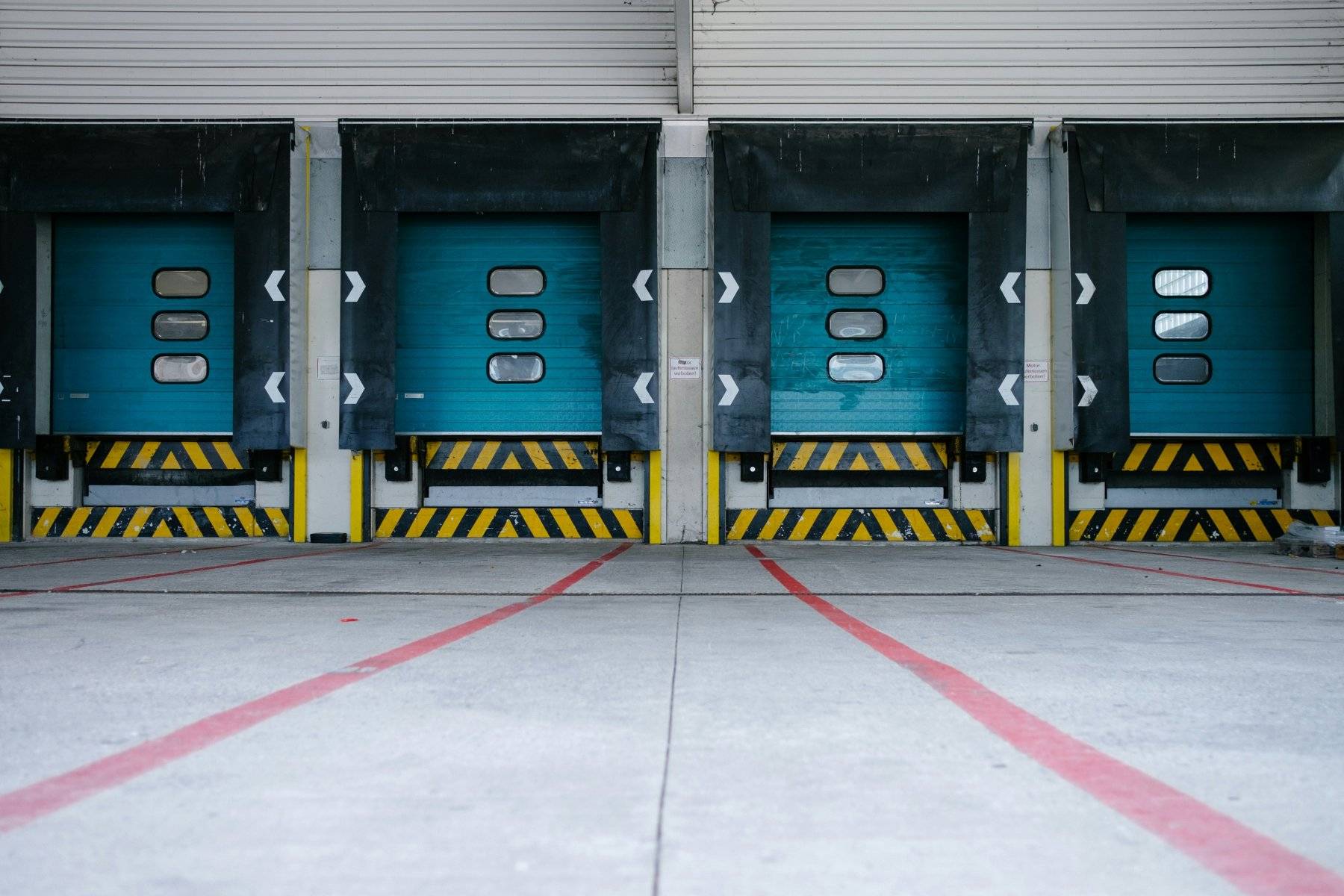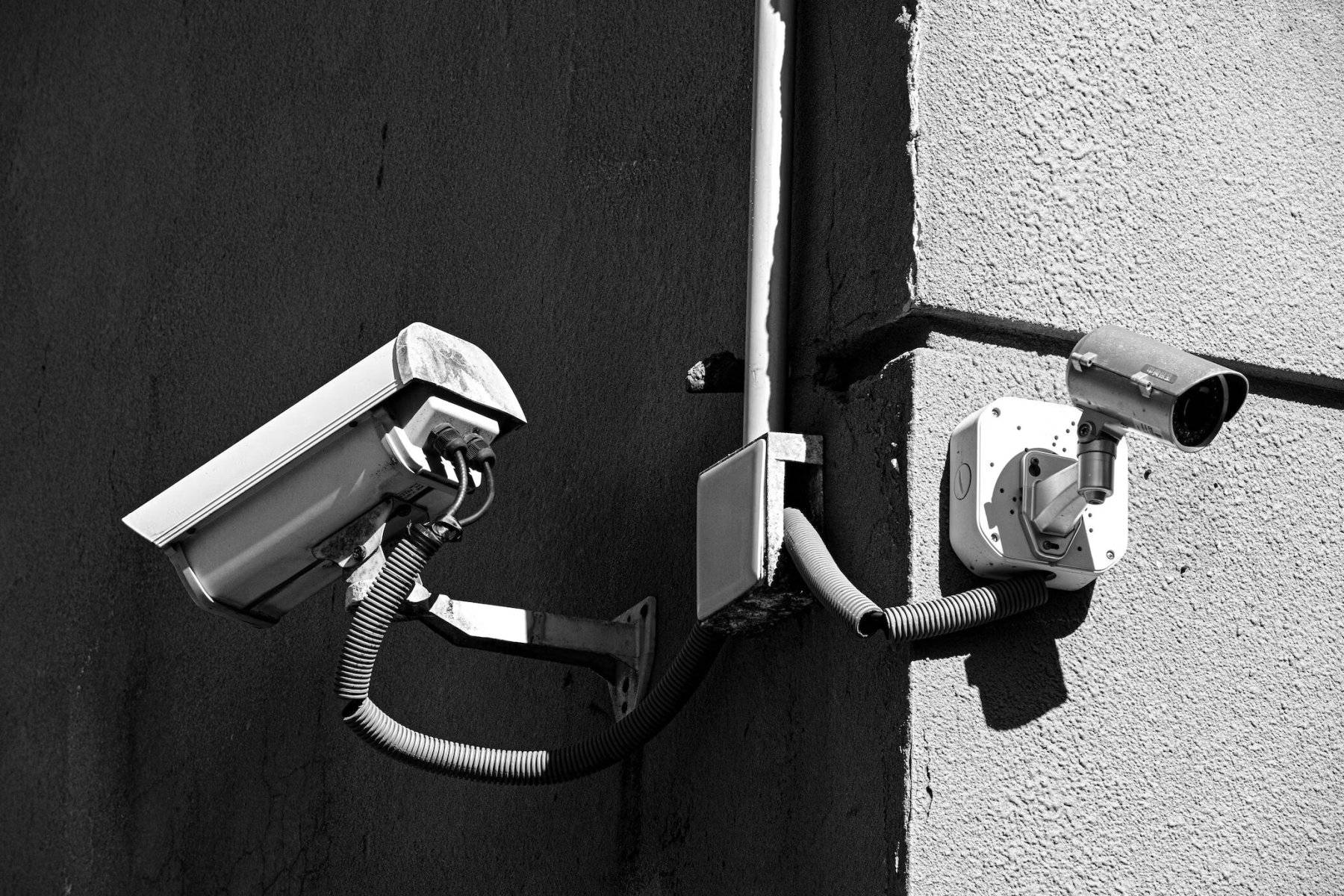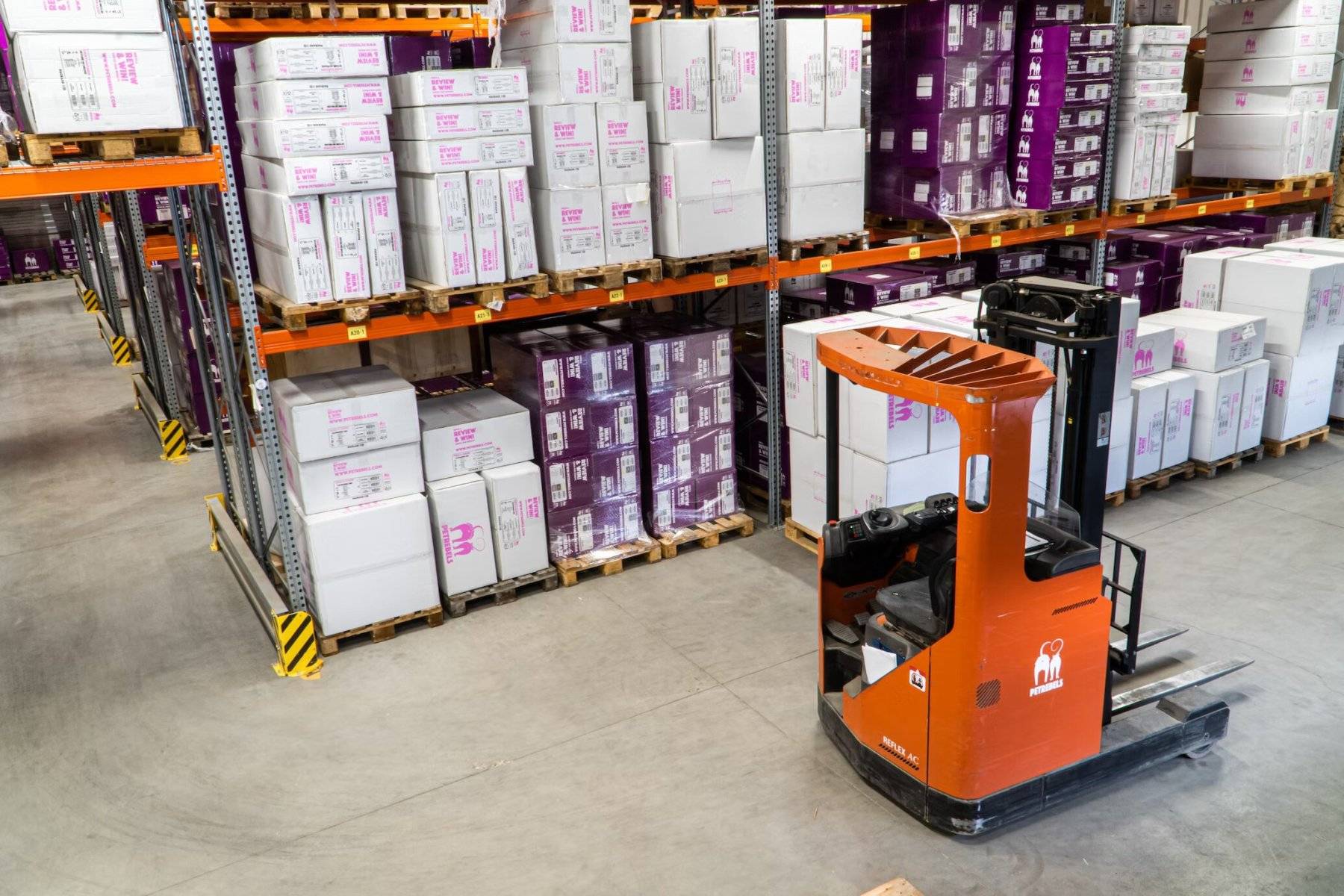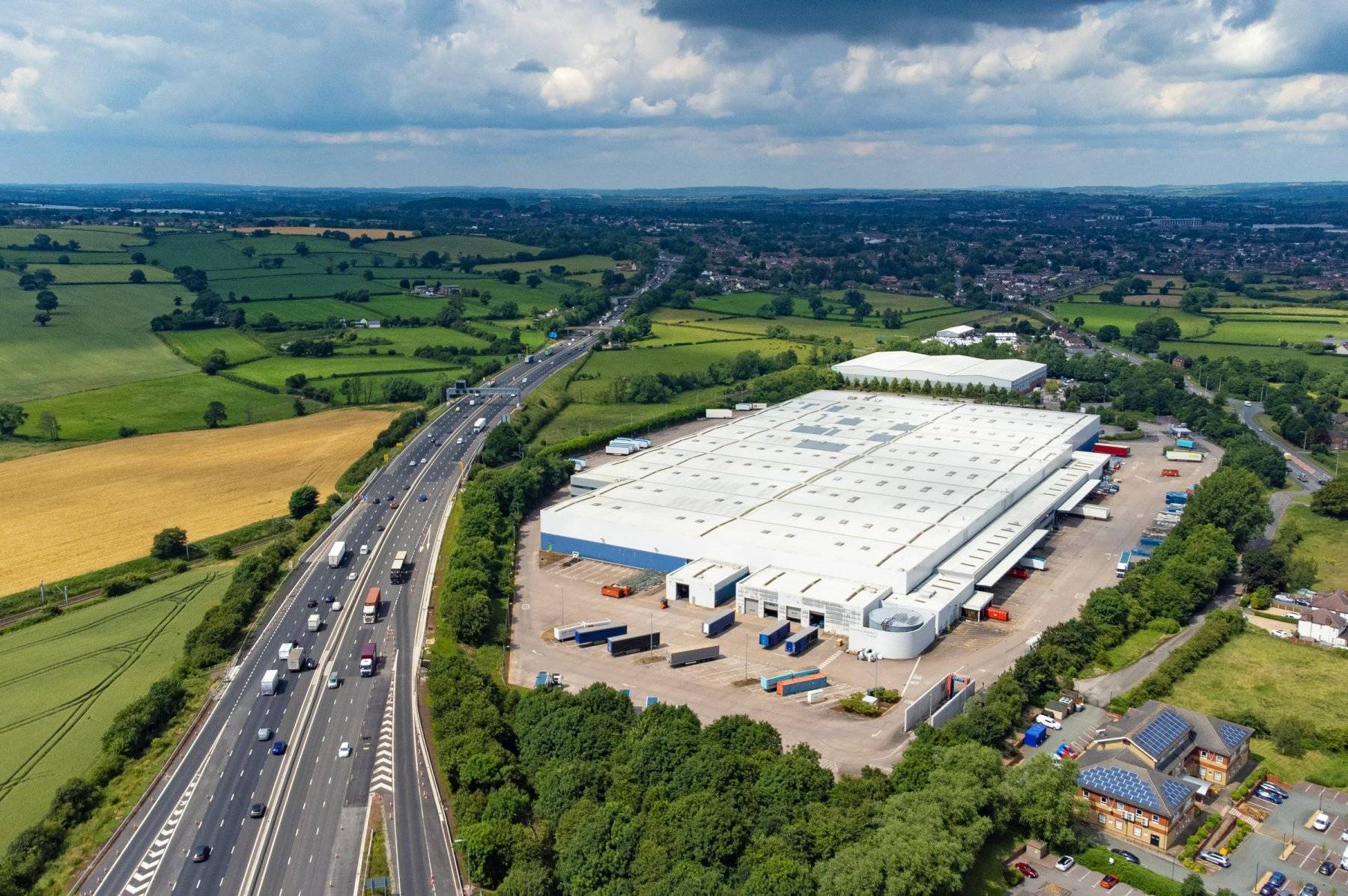Warehousing logistics and supply chain management are, in many ways, central to modern economic growth. For global businesses and the countries they reside in to fuel their own economies via trade, warehouse logistics must be optimized to run as efficiently as possible.
Alongside key processes like inventory management, material procurement, packing orders, and shipping, ensuring that all assets are protected from physical threats ranks highly among logistical considerations. This is why warehouse security is typically viewed as a top priority.
With recent reports suggesting theft from warehouses may have risen by as much as 30% globally in recent years, developing and maintaining warehouse security systems may be more important than ever. To help businesses learn how best to strengthen existing security systems, policies, and plans, below is a concise guide to global security warehouse logistics.
Monitored access control solutions

The key to securing warehouse logistics lies in monitored access control. With large numbers of internal staff, external couriers, and contractors requiring some degree of access to secure facilities, management and security staff must be able to ensure permissions are warranted.
An effective warehouse security system will include traceable access readers stationed at all entrances and exits, with additional hardware used to secure internal access points. Workers and authorized guests will be issued personalized credentials, which must be presented to installed readers for access to be granted. Admins can then review access logs at any time.
Effective warehouse security systems typically utilize cloud-based management portals. This enables warehouse surveillance teams to view access events in real-time, receive alerts warning of suspicious activity, and instantly revoke access if needed. Role-based models are also common, meaning only certain types of credentials can be used to enter high-risk areas.
Smart warehouse surveillance systems

Another central component of an effective warehouse security network is smart surveillance. Specialized manufacturing security systems can be developed to both protect workers and monitor wider warehousing logistics operations, improving security and efficiency in unison.
Smart security cameras informed by AI video analytics software are used to autonomously scan key locations, with tools programmed to alert administrators of specific events. For example, systems can be programmed to detect unusual activity, such as movement in high-security areas, instantly alerting administrators and activating alarms if linked to a cloud management portal.
Additional uses for smart warehouse security cameras include:
- Vehicle detection - License plate recognition cameras can be stationed outside and used to warn administrators of unknown vehicles loitering around facilities
- Asset tracking - Cameras can track stock and materials as they move through facilities, helping teams better investigate inventory shrinkage and acts of theft
- Access control - Biometric indicators like facial recognition and gesture controls can be used as additional credentials to strengthen existing access control systems
- Quality control - Cameras stationed on production lines can be programmed to detect anomalies in manufacturing processes to improve quality control operations
Real-time inventory management

Inventory shrinkage has resulted in losses of around $100 billion per year for US businesses in recent times, with logistics warehouse facilities often expecting a shrinkage rate of around 1.5%-2%. These losses can be reduced with the assistance of smart inventory management systems, an increasingly common consideration in modern security warehouse logistics.
Using a combination of smart warehouse surveillance cameras and Internet of Things (IoT) sensors, management teams can track inventory from material procurement to shipping. Goods are traced through the facility and monitored while in storage, with systems designed to instantly notify security teams of anomalous events that may require further investigation.
Using IoT sensors also enables warehouse logistics managers to track packages through packing and shipping operations, assisting teams in optimizing supply chain management. Data suggests that by deploying these systems, logistics warehouse teams can decrease inventory shrinkage by as much as 25%, while also reducing labor costs by around 20%.
Logistics warehouse automation

Using a combination of the above warehousing logistics and security technologies, along with tools like a warehouse app linked via a wider cloud-based management portal, many key processes can be automated to improve security warehouse logistics. For example, access control doors can be programmed to lock in response to suspicious activity detected by cameras, speeding up threat response times.
IoT motion sensors can perform a similar function, while inventory tracking systems can be used to automatically lock access points if assets are moved without authorization. Security staff can view and analyze these events remotely and in real-time from a cloud-based portal.
Global security warehouse checklist
For global warehouse logistics to operate in a safe, secure, and efficient manner, security and management teams must develop bespoke warehouse security systems. To assist teams in achieving this, below is a sample warehouse security checklist worth considering:
- All access points secured behind traceable credentials
- Temporary credentials issued to visitors and contractors
- Security cameras covering key indoor and outdoor areas
- Vehicles monitored using real-time video analytics
- Inventory management and tracking systems in operation
- Integrated security systems to improve threat detection
- Perform frequent physical and cybersecurity audits
- Ensure Systems are well-maintained and regularly updated
Final word
Global security warehouse logistics can be difficult to navigate, with teams expected to view and analyze massive amounts of data to ensure assets and staff are safe and well-protected. With the aid of modern security technologies and assistance from automated management systems, warehousing logistics and security can be optimized to support safe and efficient operations.

